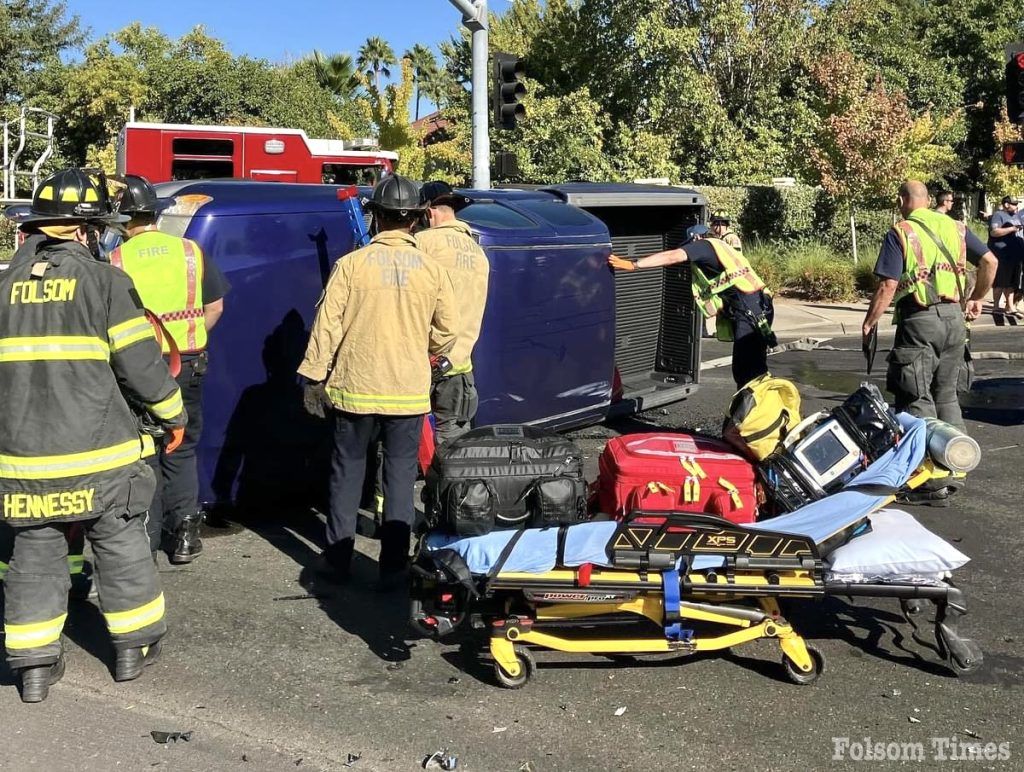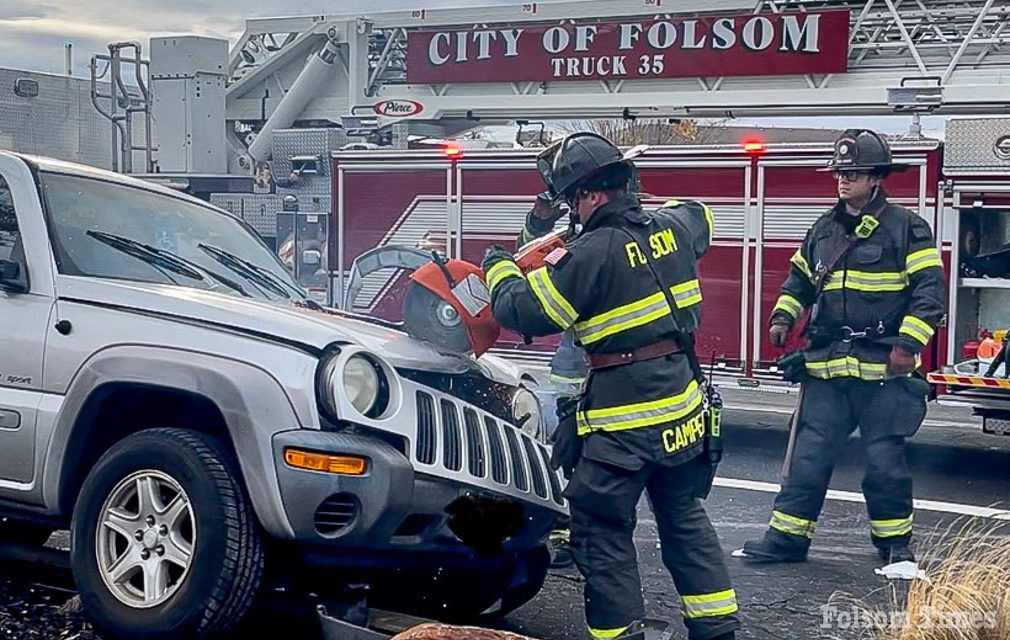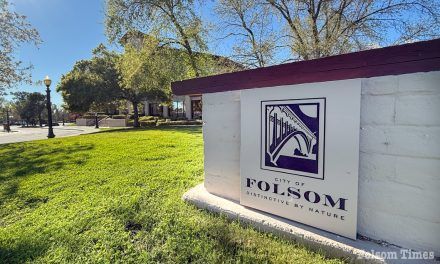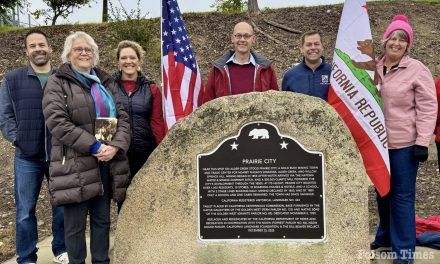Plan aims to reduce accidents, improve pedestrian and cyclist safety, secure funding for future projects
The Folsom City Council is set to review and adopt its 2024 Local Road Safety Plan (LRSP) this week, marking a crucial step in the city’s ongoing effort to improve transportation safety for motorists, cyclists, and pedestrians. Developed by the Folsom Public Works Department in collaboration with engineering firm Kimley-Horn and Associates, the LRSP is a data-driven initiative aimed at identifying high-risk intersections, analyzing collision trends, and implementing safety measures to reduce severe and fatal crashes on city roads.
The updated plan is an evolution of Folsom’s original 2021 LRSP, which helped the city secure $2.95 million in grant funding from the Highway Safety Improvement Program (HSIP), administered by the California Department of Transportation (Caltrans). Those funds contributed to critical safety projects such as the Folsom Lake Crossing Median Barrier and various traffic signal safety enhancements. By revising and expanding its safety plan, the city seeks to position itself for further funding opportunities while proactively addressing emerging traffic safety concerns.
The latest study, conducted using data from the California Highway Patrol’s Statewide Integrated Traffic Records System (SWITRS), examined a four-year period from January 2020 to December 2023. During that time, Folsom recorded a total of 2,076 reported collisions, including 13 fatalities and 54 severe injuries. The majority of crashes—80 percent—occurred at intersections, while the remaining 20 percent took place along roadway segments.
Among the most significant findings was the role of unsafe speed, which was identified as the leading contributing factor in 27 percent of all crashes. This was followed by red-light running, responsible for 14 percent of collisions, and driving under the influence (DUI), which accounted for 10 percent of reported crashes. Other notable causes included improper turning violations (10 percent), failure to yield (9 percent), and unsafe lane changes (5 percent).
Crashes involving aggressive driving—which includes speeding, following too closely, and failing to obey traffic signals—accounted for a staggering 40 percent of all reported incidents in the study period, resulting in three fatalities and 23 severe injuries. The data also revealed that peak collision times were between 4 p.m. and 6 p.m., coinciding with rush hour traffic.
Pedestrians and cyclists were identified as particularly vulnerable road users, with one in five (20 percent) of all fatal or severe injury crashes involving a pedestrian or bicyclist. Additionally, 28 percent of crashes involved fixed objects or parked vehicles, further underscoring the need for targeted interventions.

Folsom Times file photo.
The report also compared Folsom’s collision trends with statewide averages. The study found that Folsom had significantly higher rates of aggressive driving (53.5 percent compared to 33.1 percent statewide) and impaired driving (39.5 percent compared to 25.3 percent statewide). Additionally, lane departure crashes accounted for 49.7 percent of local collisions, compared to a 43.3 percent statewide average. Crashes involving young drivers (ages 16-20) were also notably higher in Folsom, at 17.2 percent, compared to the statewide rate of 13.1 percent. However, the city reported lower-than-average rates of crashes involving pedestrians, motorcyclists, and commercial vehicles.
Targeted Safety Measures to Address Identified Risks
To mitigate these risks and enhance road safety, the LRSP outlines a series of proposed safety measures categorized into short-, medium-, and long-term improvements. In the near term, the city plans to install retroreflective backplates on traffic signals, pedestrian countdown timers at crosswalks, and dynamic speed warning signs to alert drivers. Other immediate measures include implementing leading pedestrian intervals at intersections to give pedestrians a head start before vehicles move and installing additional all-way stop controls at high-risk intersections.
For mid-term improvements, the city is considering raised medians to prevent unsafe lane changes, Rectangular Rapid Flashing Beacons (RRFBs) at key pedestrian crossings, and rumble strips along major roads to reduce lane departure crashes. These measures aim to increase visibility and provide clearer guidance to drivers and pedestrians.
Long-term safety initiatives include converting high-risk intersections into roundabouts, constructing pedestrian bridges or underpasses at particularly hazardous crossings, and implementing road diets to reduce excessive lanes and introduce dedicated bike lanes. The city is also exploring the use of high-friction surface treatments (HFST) on curves and installing separated bike lanes to improve cyclist safety. These infrastructure changes would require more extensive planning, funding, and permitting processes but are expected to have lasting safety benefits.
Public Engagement and Community Concerns
In addition to its data-driven approach, the city conducted an extensive public outreach campaign to gather community input. Public engagement efforts included meetings with the Traffic Safety Committee, in-person outreach at the Folsom Farmers Market, and an online survey that received 437 responses. In comparison, the city’s previous 2021 LRSP outreach effort gathered only 62 responses, reflecting a significant increase in public participation.
Among the most frequently cited community concerns were aggressive driving, red-light running, distracted driving, and pedestrian and bicycle safety. Additionally, respondents expressed frustration over traffic congestion along East Bidwell Street, a major thoroughfare in the city. The city hopes that by incorporating these concerns into the LRSP, it can create solutions that directly address residents’ safety priorities.
A crucial component of the LRSP is securing state and federal funding for transportation safety projects. Adoption of the plan is a requirement for eligibility under Caltrans’ Highway Safety Improvement Program (HSIP), which provides grants for traffic safety enhancements. The city also intends to seek funding through programs such as the California Active Transportation Program (ATP), the State Transportation Improvement Program (STIP), and grants from the California Office of Traffic Safety (OTS).
To maintain the effectiveness of the LRSP, the city will review and update the plan within five years (by 2029 or earlier) to ensure that it remains aligned with evolving traffic patterns, new safety technologies, and emerging risks. Additionally, city officials will continue to monitor collision trends and adjust their safety strategies accordingly.
Once adopted by cory council this week, the updated Local Road Safety Plan will serve as a comprehensive roadmap for improving roadway safety in Folsom. By leveraging collision data, community feedback, and engineering best practices, the plan aims to reduce fatal and severe crashes while creating safer streets for all users.




